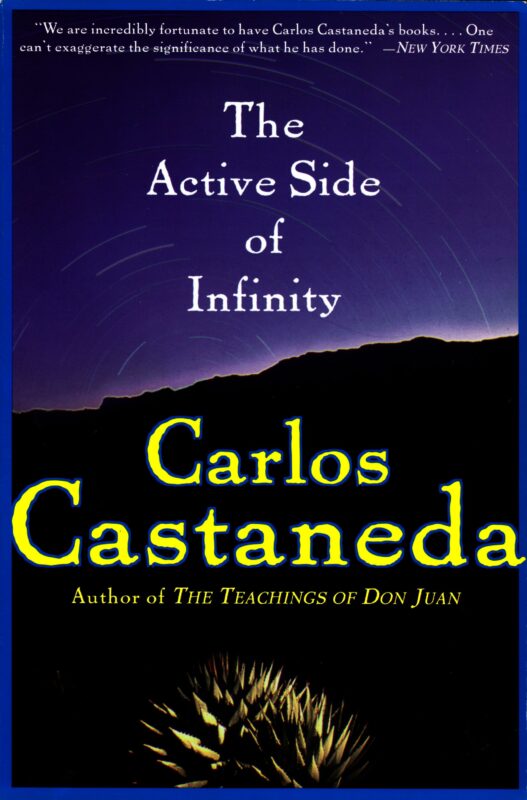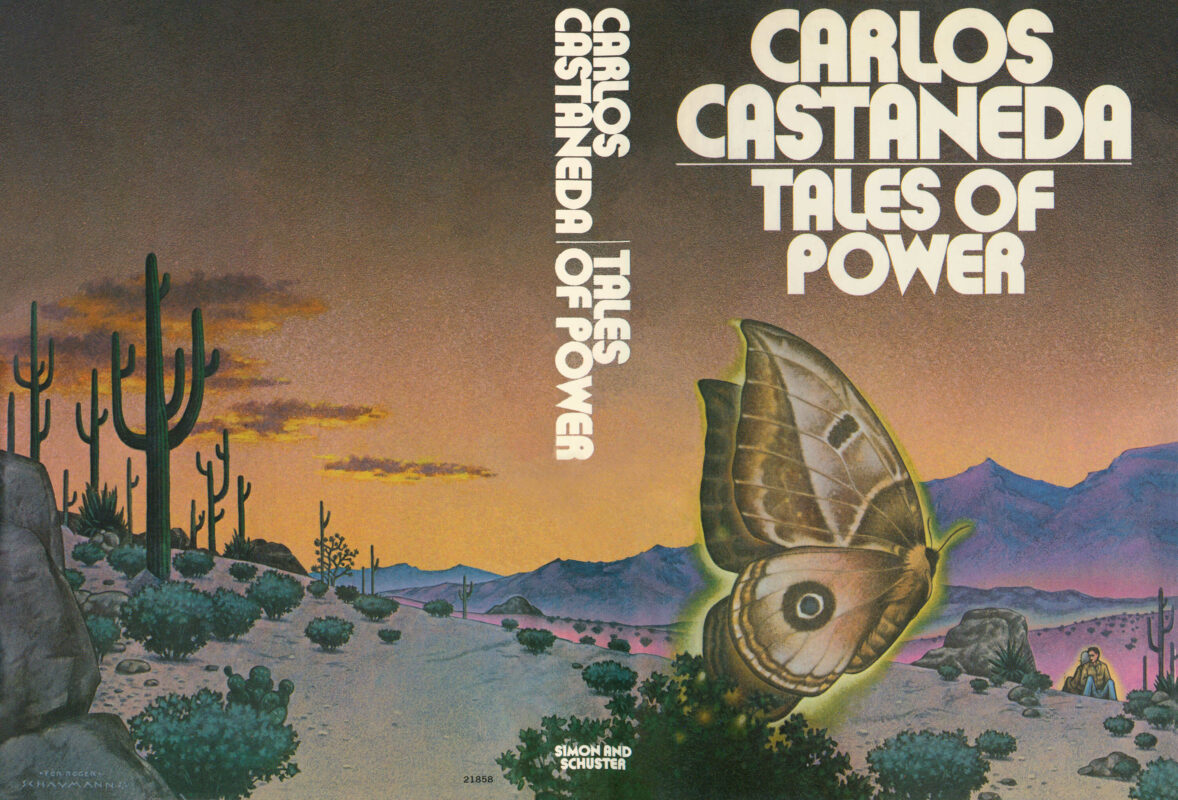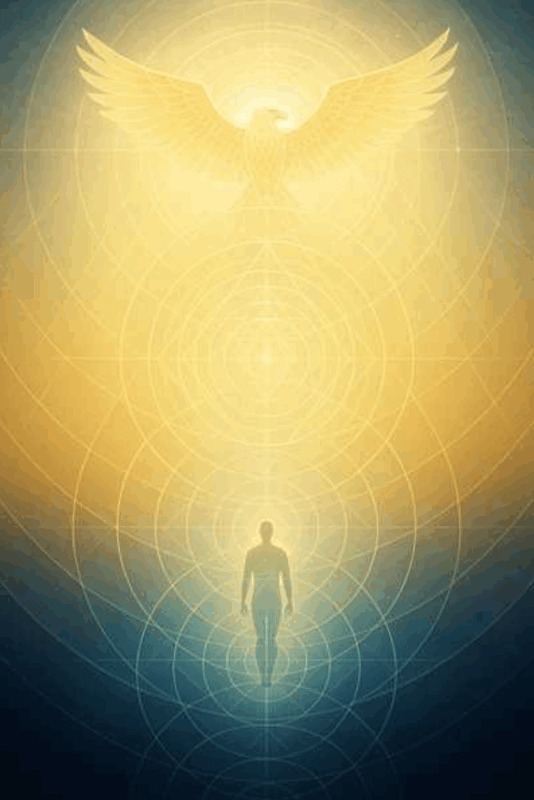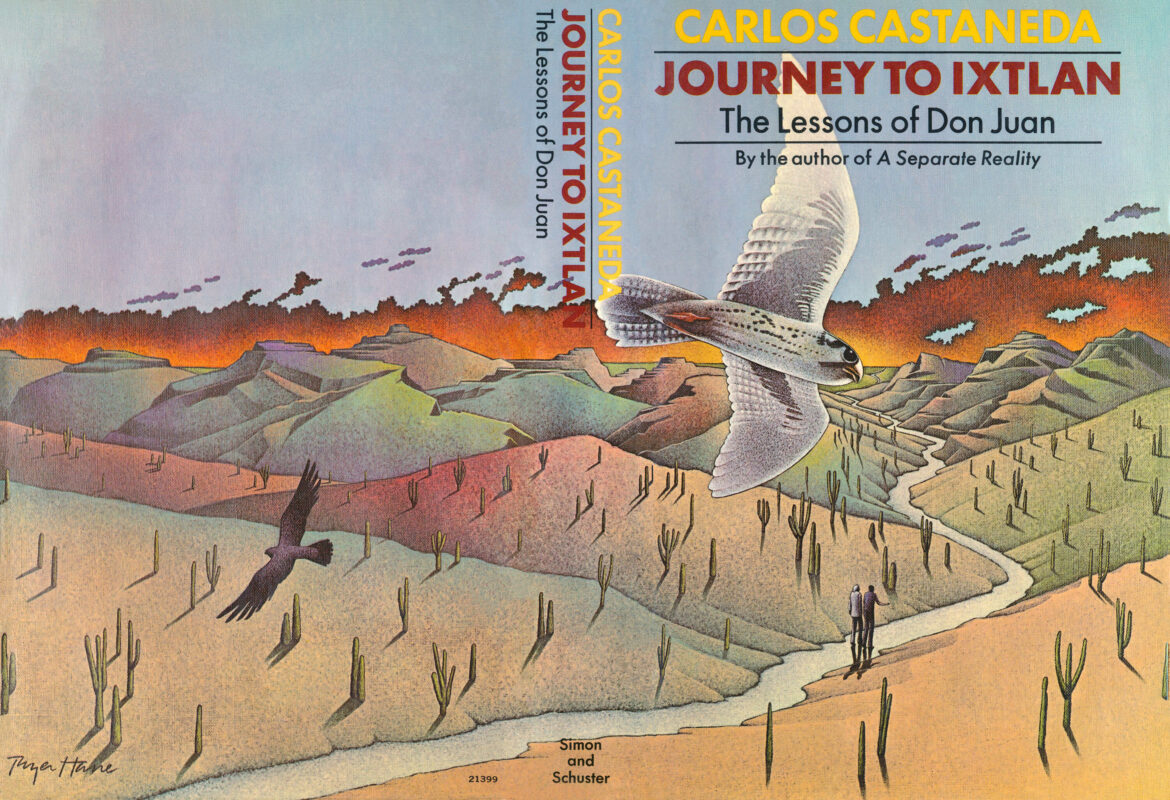The Active Side of Infinity – The Unavoidable Appointment
In this chapter, Castaneda is consumed by guilt and depression over the death of his anthropologist friend, Bill, to whom he never replied to his last letter. He seeks out don Juan, who reveals he “saw” the moment of Bill’s death and had previously warned Castaneda about his friend’s declining state by describing the open “gap” in his luminous body, a sign visible to a sorcerer. Don Juan chastises Castaneda for his lack of “sobriety” and for believing he had infinite time, which led him to postpone thanking his friend, leaving him “stuck with a ghost on his tail.” The only recourse, he explains, is to keep his friend’s memory alive. He then teaches Castaneda about the nature of sadness for a sorcerer, explaining it as an impersonal, abstract force from infinity that affects them because they have no shields. To illustrate this, he tells the story of the Great Garrick, the world’s funniest comedian, who, when advised to see his own show to cure his melancholy, reveals his identity, showing he has no external cure for his profound sadness.
The Active Side of Infinity – The Unavoidable Appointment Read More »



